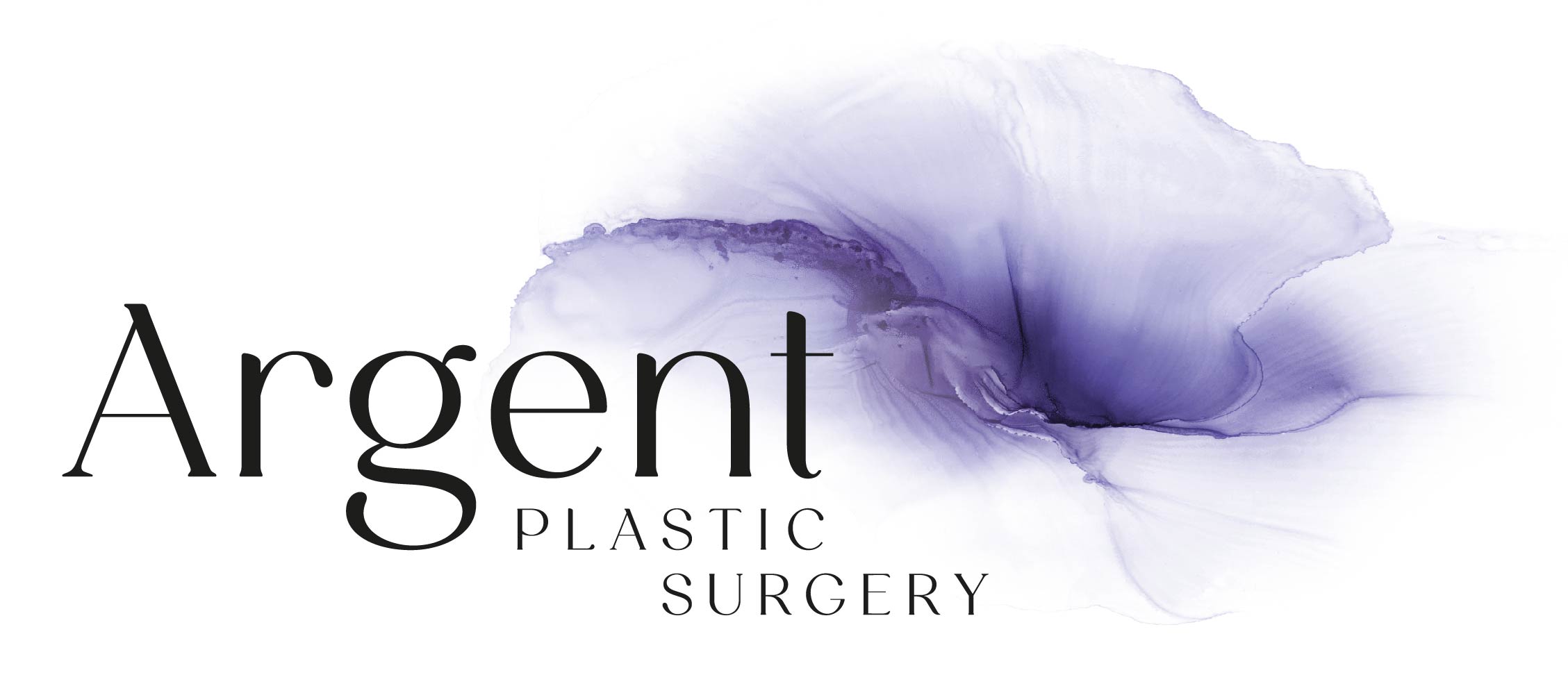Umbilical hernia surgery is a straightforward and commonly performed procedure in Singapore. Whether your hernia is causing discomfort, bulging, or complications, surgical repair helps restore your abdominal wall and reduce the risk of further issues. While the operation itself is usually completed in under an hour, proper recovery plays a critical role in ensuring long-term success and comfort.
Read on to know what you can expect after your umbilical hernia surgery and for recovery tips.
What Happens Right After Surgery?
1. In the Recovery Room
Once your procedure is completed—either under general or local anaesthesia—you’ll be moved to the recovery area for observation. Nurses will monitor your vital signs and ensure you wake up safely from anaesthesia. Most patients go home the same day once they’re fully alert and stable.
2. Pain and Discomfort
Mild to moderate pain and tightness around the incision site are normal. Your surgeon will prescribe pain relief medication or recommend over-the-counter options to help manage discomfort in the first few days. Some bruising or swelling may also be present around your belly button.
First Few Days at Home
1. Wound Care
You’ll likely go home with small dressings over your incision. Keep the area clean and dry. Your surgeon will advise you on how and when to change the dressing, and when you can resume showering. Avoid submerging the area in water (e.g. in a bathtub or swimming pool) until your surgeon gives the all-clear.
2. Activity Restrictions
Limit physical activity during the initial days. Avoid lifting heavy objects, straining your abdomen, or engaging in any vigorous movement that could place pressure on the repair site. Most patients are advised to avoid lifting anything heavier than 5 kg for at least 2 weeks.
3. Diet and Bowel Movements
To prevent straining during bowel movements, eat a fibre-rich diet and drink plenty of water. Mild constipation is common after surgery due to the effects of anaesthesia and pain medication. If needed, your doctor may recommend a stool softener or gentle laxative.
Returning to Daily Activities: Recovery Tips After Umbilical Hernia Surgery
1. When Can You Resume Work
Most people return to office-based or sedentary work within 7–10 days. However, if your job involves manual labour or heavy lifting, you may need 4–6 weeks off to allow full recovery. Always follow your surgeon’s advice to avoid risking a recurrence.
2. Driving and Physical Movement
You can usually resume driving once you can move comfortably, are off strong pain medication, and can make sudden movements (like braking) without pain. This may be within a week for some, or longer for others. Gentle walking is encouraged early on to promote circulation, but avoid strenuous exercises like running, sit-ups or weightlifting for at least 4–6 weeks.
Follow-Up Appointments
Your surgeon will schedule one or more follow-up appointments to monitor your healing. During these visits, your incision will be checked for signs of infection, and your recovery timeline will be reassessed. This is also the time to raise any concerns you may have—whether about your wound, pain levels, or when to resume specific activities.
When to Seek Medical Attention
While complications are uncommon, it’s important to know when to contact your doctor. Seek medical attention if you notice:
Increasing redness, swelling, or warmth around the incision
Persistent fever
Drainage or foul-smelling discharge from the wound
Severe pain not relieved by medication
Nausea, vomiting, or bloating
Difficulty urinating or passing stool
Preventing Recurrence
An umbilical hernia can come back, especially if the abdominal wall is weakened again. Here’s how to reduce the risk of recurrence:
Follow lifting restrictions during the healing period
Maintain a healthy weight to reduce abdominal pressure
Treat chronic coughing or constipation, as these can strain the abdominal wall
Strengthen your core gradually through exercise, only after your surgeon gives the green light
Your surgeon will provide personalised advice based on your age and health condition.
How Our Clinic Supports You After Surgery
At Argent Plastic Surgery, we believe surgical outcomes are only part of the journey—how you recover is just as important. That’s why we provide:
Personalised aftercare plans, tailored to your lifestyle and needs
Direct access to your surgeon, so your questions never go unanswered
Post-operative reviews and monitoring, to minimise complications during recovery
Comprehensive guidance on movement, wound care and nutrition for a safe return to work
Whether you’ve had surgery for medical or cosmetic reasons, our team ensures you feel confident and supported every step of the way.
Think You Need Umbilical Hernia Surgery?
If you’ve noticed a bulge around your navel, discomfort when coughing or lifting, or have been diagnosed with an umbilical hernia, seeking medical advice early can make all the difference. Left untreated, some hernias can enlarge or lead to complications.
At Argent Plastic Surgery, we offer safe, discreet, and personalised surgical solutions with an emphasis on comfort, aesthetics and recovery. Led by Dr Lee Hanjing, a Consultant Plastic Surgeon with local and international experience, we provide holistic care in a private setting, where your concerns are heard and your treatment is tailored to you.
Book a consultation today for umbilical hernia surgery in Singapore.

